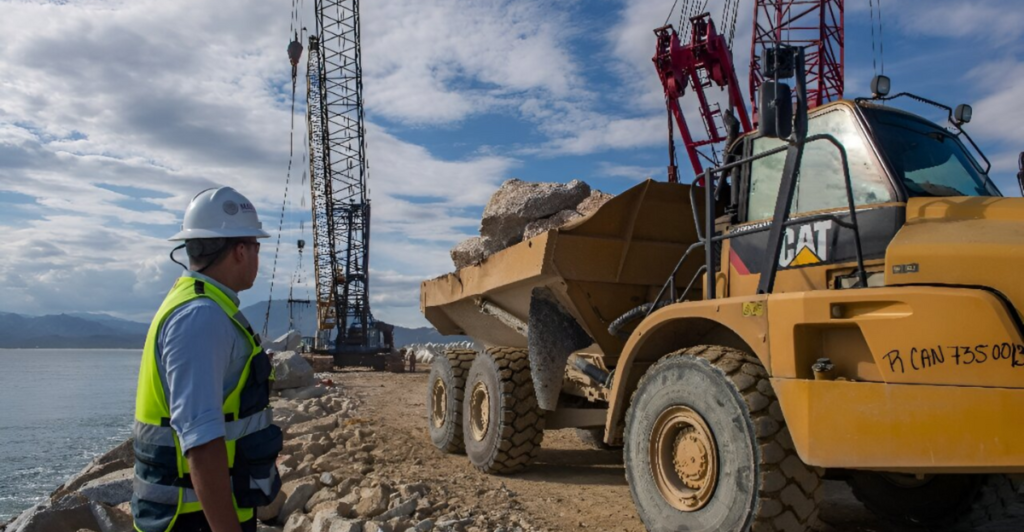
Mexico is betting big on a $7.5 billion shipping corridor designed to rival the Panama Canal. But while the project promises economic growth, it comes at a devastating cost—some of the world’s most biodiverse ecosystems could be permanently destroyed. Cutting through a critical wildlife corridor, this development threatens jaguars, endangered species, and delicate ecosystems. Can progress and conservation coexist, or is this a disaster in the making?
Mexico’s $7.5B Gamble—A Shipping Shortcut or Ecological Disaster?
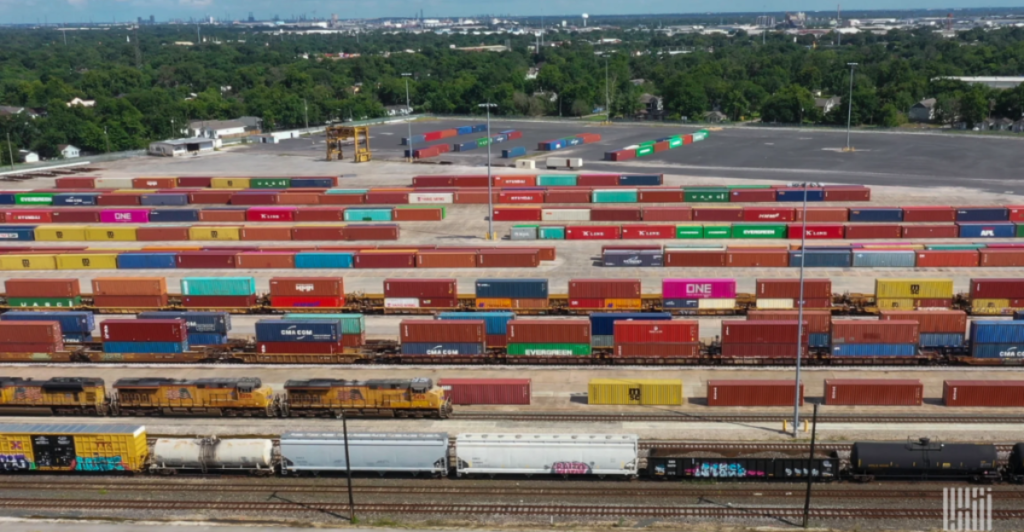
Mexico is pushing forward with a $7.5 billion project to rival the Panama Canal—but at what cost? The Interoceanic Corridor will slice through the Isthmus of Tehuantepec, one of the most biodiverse regions in the world. This industrial megaproject won’t just pave over forests—it will sever critical wildlife corridors, threatening jaguars, endangered species, and entire ecosystems. The scale of destruction is unprecedented. Thousands of hectares of pristine habitat will be cleared for railways, ports, and industrial zones. Once built, this corridor will create an ecological bottleneck, blocking the movement of species that have relied on this passage for millennia. History shows us the devastation such projects bring. The Panama Canal caused irreversible biodiversity loss, despite rescue efforts. Mexico risks repeating this mistake on an even larger scale. Is a shipping shortcut worth destroying ecosystems that can never be replaced?
A Global Biodiversity Hotspot on the Chopping Block
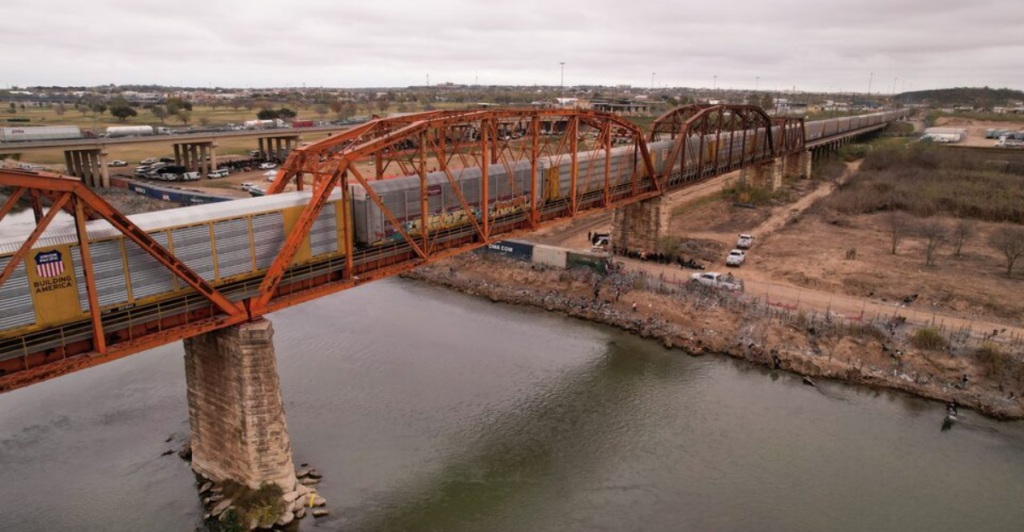
The Isthmus of Tehuantepec isn’t just another development site—it’s a lifeline for North and Central American wildlife. Jaguars, tapirs, and rare birds depend on this passage to migrate and maintain genetic diversity. Industrializing this region would effectively cut Mexico in half ecologically, severing the biological connections that have existed for thousands of years.
A Linear Barrier to Wildlife Survival
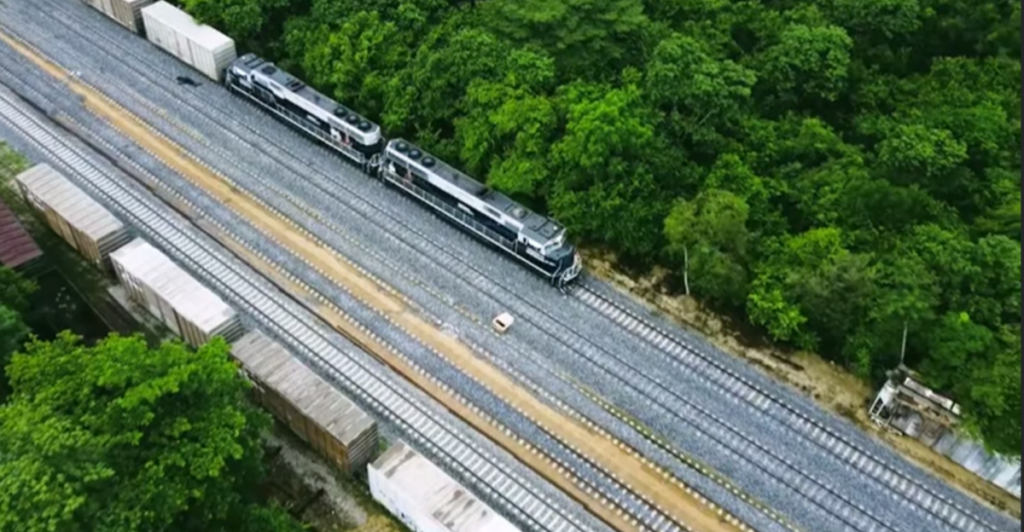
Unlike gradual deforestation, this corridor will carve a permanent, linear path through critical habitats. Ecologists warn of the “barrier effect”—where infrastructure fragments populations, limiting movement and reducing genetic diversity. Species that require vast territories, like jaguars and black bears, will be trapped in shrinking pockets of land and unable to survive long-term.
Human-Wildlife Conflict Will Skyrocket
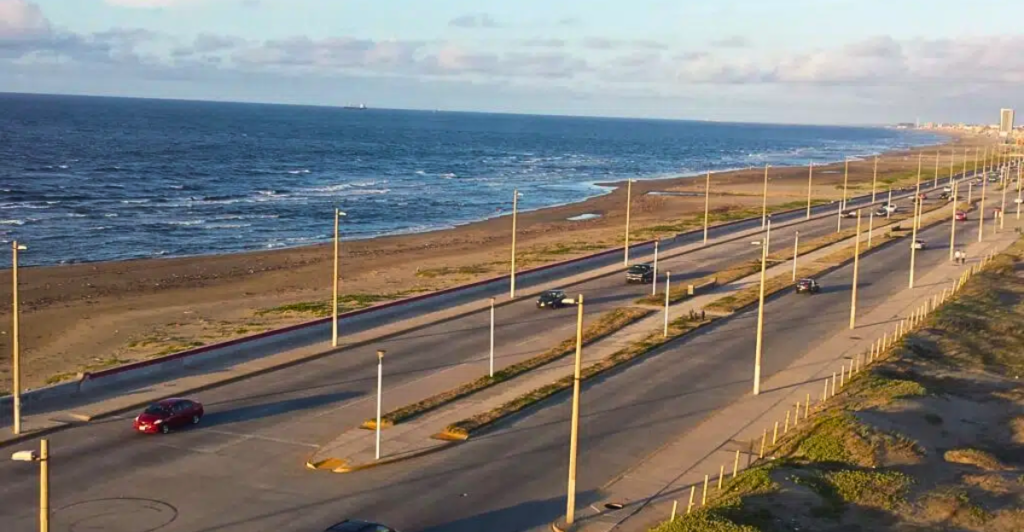
Desperate animals will wander into human settlements as habitats shrink, leading to increased conflicts. Mexico already struggles with retaliatory killings of apex predators like jaguars and wolves. With fewer places to roam, these animals will face greater threats—from poaching, roadkill, and human encroachment—pushing them closer to extinction.
A Cascade of Extinctions on the Horizon
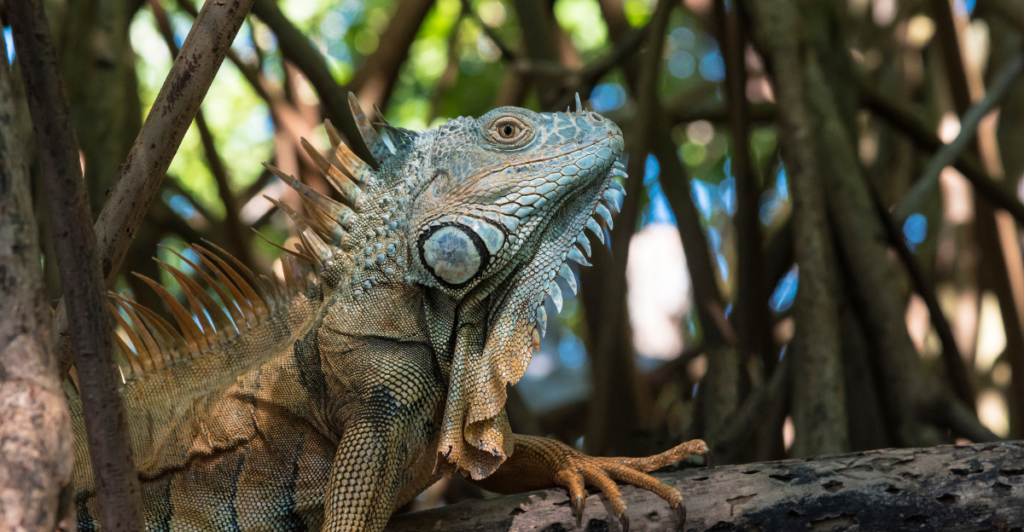
The disappearance of top predators will set off a chain reaction. Without jaguars, prey species like deer and peccaries will multiply uncontrollably, leading to overgrazing and ecosystem collapse. This isn’t speculation—it’s a pattern seen worldwide when habitat loss eliminates key species, throwing entire food chains into disarray.
The Water Crisis No One Is Talking About
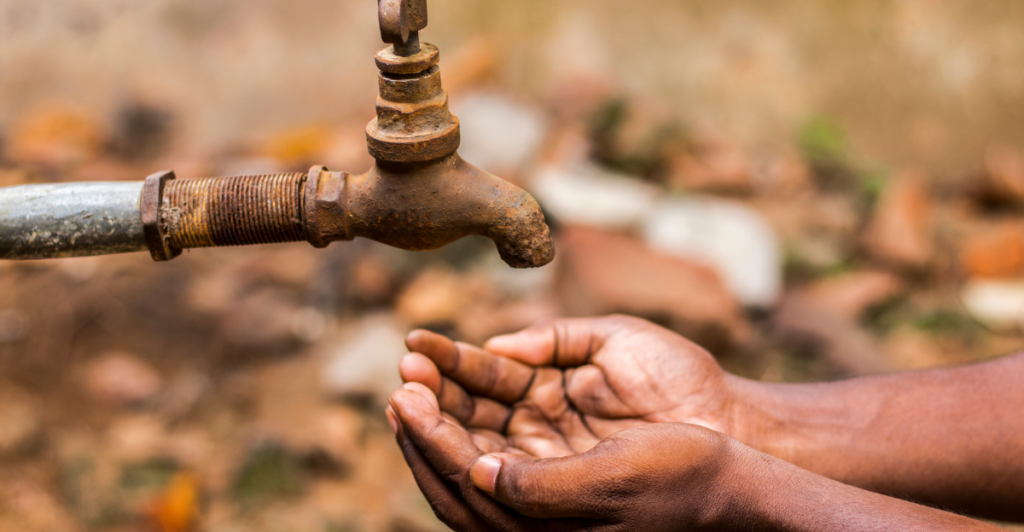
Forests and wetlands act as natural water filters and flood barriers. Destroying them for development means losing these services forever. Mexico’s rivers already struggle with pollution and drought. The corridor will accelerate watershed destruction, worsening water shortages for both wildlife and local communities.
The Panama Canal’s Grim Warning
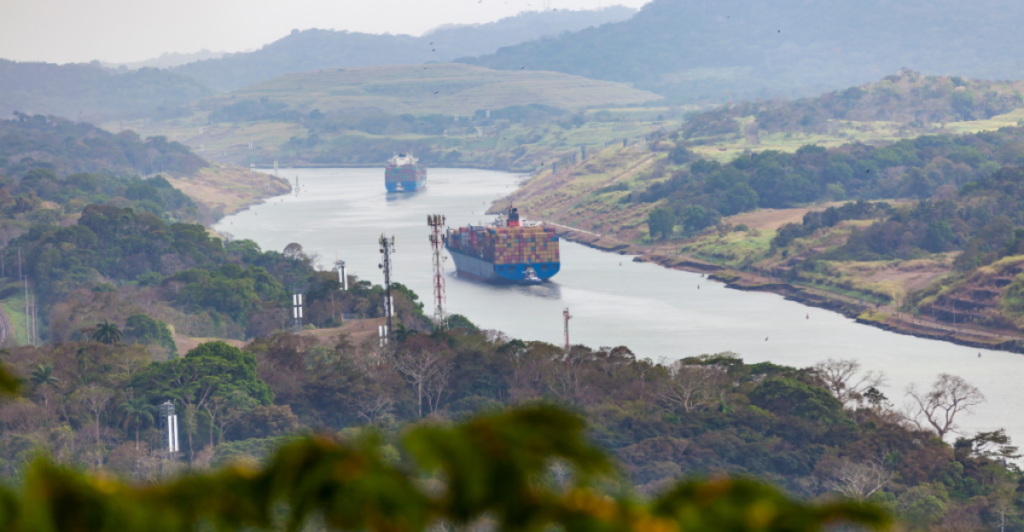
The Panama Canal expansion displaced thousands of animals despite costly rescue efforts. Even with intervention, 16% of relocated animals didn’t survive. Many more—including plants, insects, and amphibians—were lost forever. The Mexican corridor, cutting through an even richer ecosystem, could trigger biodiversity losses on an unimaginable scale.
The Myth of Environmental Safeguards
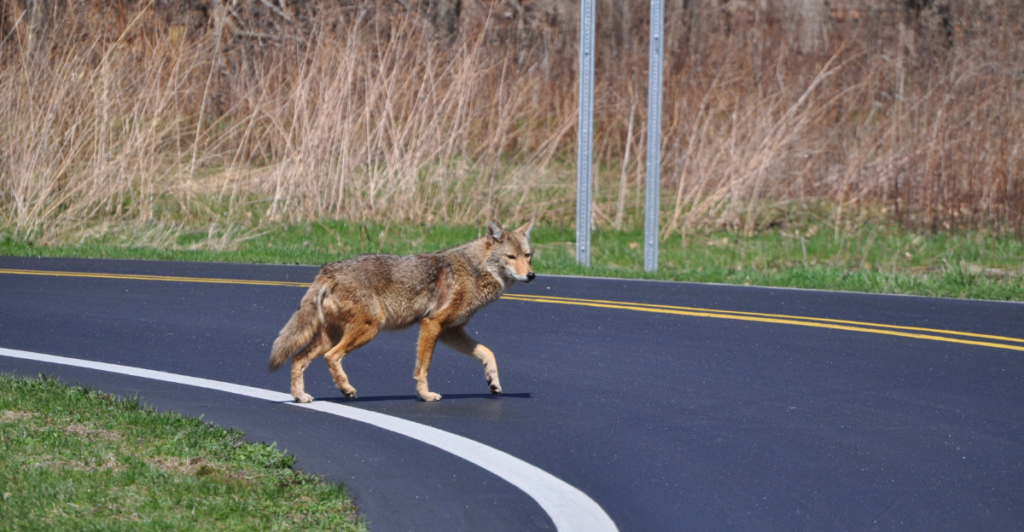
Proponents claim wildlife crossings and restoration projects will offset damage—but history proves otherwise. Infrastructure like highways and railways disrupt ecosystems beyond repair. No amount of mitigation can replace ancient forests, nor can artificial crossings restore lost migration routes. Once this corridor is built, its damage will be irreversible.
The False Promise of Economic Growth

Short-term economic gains won’t justify long-term ecological devastation. While industries may profit, local communities dependent on healthy forests and fisheries will suffer. Mexico is betting on a shipping shortcut but sacrificing its irreplaceable biodiversity for economic promises that may never fully materialize.
A Perverse Climate Feedback Loop
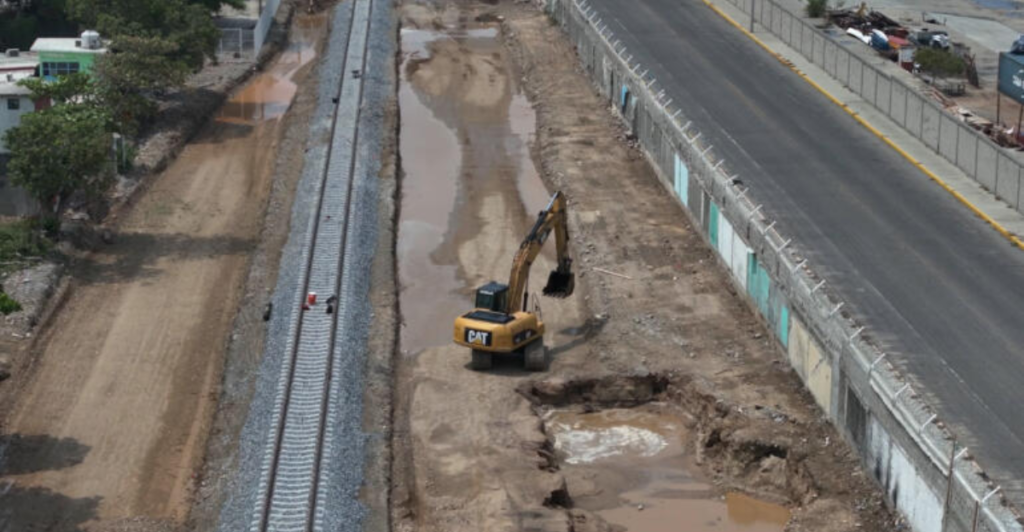
Ironically, the corridor is being justified by climate change disruptions to the Panama Canal. But its own construction will worsen the crisis—destroying carbon-storing forests and wetlands, increasing emissions, and making Mexico’s landscape more vulnerable to extreme weather. The project meant to “solve” a problem will only deepen it.
The Real Choice—Destruction or Innovation?
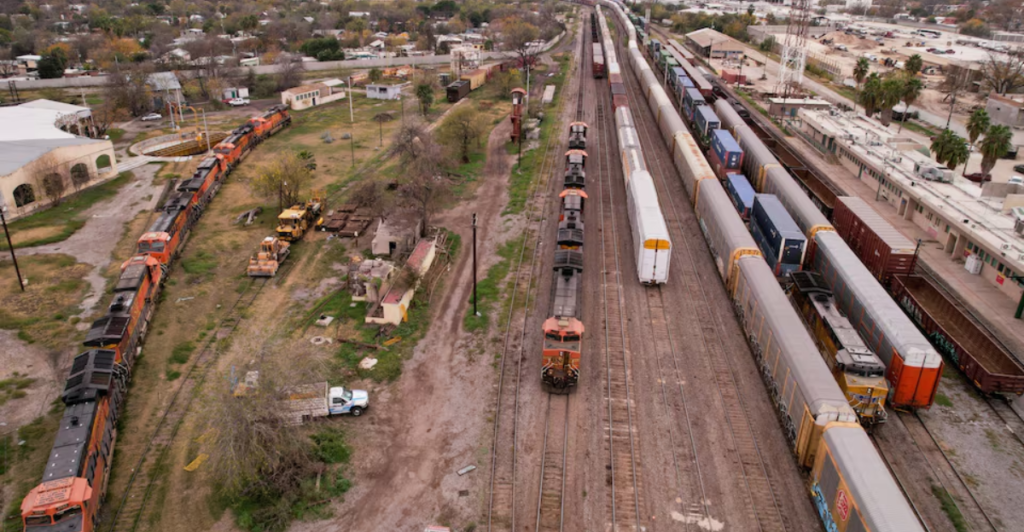
Mexico doesn’t have to repeat the mistakes of the past. Investing in sustainable industries, ecotourism, and conservation-based economies could offer long-term prosperity without erasing the nation’s natural heritage. Once this corridor is built, there’s no going back. The question isn’t whether this project is possible—it’s whether Mexico is willing to sacrifice its biodiversity forever.
Explore more of our trending stories and hit Follow to keep them coming to your feed!

Don’t miss out on more stories like this! Hit the Follow button at the top of this article to stay updated with the latest news. Share your thoughts in the comments—we’d love to hear from you!







